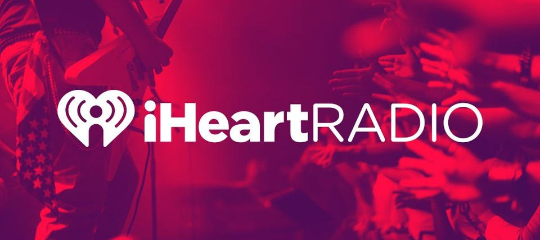
- Blog
- Feb 26, 2018
- By Jeff Keenan
Always be closing. Measure Direct-Response campaigns more accurately with our unique Closer-Touch attribution model. Send irresistible offers and create more urgency to buy.
You may hope that your website visitors literally can’t wait to buy your products. But you’d be wrong. Quite the opposite in fact. 92% of the people that visit your website do not even intend to buy.
The average shopper makes 9.5 visits to a website before they actually spend money to make a purchase. It looks like it’s becoming harder and harder to persuade a visitor to become a buyer. In a way, you’re right.
But it’s not like you have just one shot. Those 9.5 visits also allow you to experiment, tweak and learn what makes your customer ultimately buy your product.
It also means that it is likely that the person visiting your website is quite well informed on what’s on offer around the web. There’s a good chance that whoever is browsing through your store has already been to about 5 other stores. They have done their research, they are very informed buyers at this point.
For marketers, the big question is: how to persuade informed buyers? And how do you know it wasn’t just long term brand reputation that turned visitors into buyers? How do you know whether it was your newest message that reeled in a new customer?
We recommend a closer look at the Closer-Touch marketing attribution model for that. Here’s what it looks like.
Persuading increasingly informed buyers
What if informed buyers aren’t just stubborn, but just holding out for the perfect offer. People make 9.5 visits before making a purchase, but what if they’re just waiting for the perfect discount offer from the 3rd visit onward?
They know what product they want, but at this point they are just waiting to receive that perfect retargeting email to “spontaneously” part with their money.
Counterintuitive perhaps, but informed buyers may even be more likely to take action and spend right away. But only if the offer is exceptionally good. That means that for marketers, the game has moved on. Their offers will need to be more than just a generic 10% discount.
Measure the persuasiveness of DR marketing – Use Closer-Touch
Stats show that in 2018, the top challenge for sales people is to “establish urgency” to buy. 42% reported it as today’s toughest challenge. Marketers need to find a way to accelerate visitors’ purchase decision with a persuasive offer.
One of the most popular ways to persuade visitors into buying right away is Direct-Response campaigns. Marketers try to create a gripping call to action on a landing page to provoke an immediate buying decision from their visitors.
But there are multiple other techniques marketers can use to make their offer even more compelling:
- Limited availability of products – Only 25 items left!
- Temporarily lower prices – Save 20% if you buy today!
There are plenty of compelling events ideas out there you can experiment with. But which one is most effective for your product range? Marketers need a way to measure which discounted, limited availability offer in their Direct-Response campaign is most effective.
LeadsRx has developed a new attribution model called Closer-Touch, which you can use in the LeadsRx tool.
The tool remembers the exact time your reminder-emails are opened by the people who’ve spent time browsing your website earlier.
When people decide to make a purchase within a given time period after the email was sent, that purchase will be attributed to that specific reminder-email. This works even when people don’t click the purchase link in your email, but decide to search for your website (known as cross platform attribution) in their browser.
You can adjust the time period after the email was sent according to your own preferences. The default time is 2-minutes. That means that only if someone buys a product within 2 minutes after they’ve opened a reminder-email, that purchase will be attributed to that reminder email.
Of course, you may want to play around with which time period works best for you. For more expensive B2B products, you may want to set your Closer-Touch time limit to 48 hours.
Closer Touch isn’t just Last Touch with a twist. It’s better.
As you might have guessed by now, Closer-Touch is a potent attribution model. And it is not just a different take on the more well-known Last-Touch model.
The Closer-Touch attribution model is ideal to measure how persuasive Direct-Response campaigns are. If you send out a batch of reminder emails and recipients make 20 purchases later that day, Last Touch would attribute all 20 purchases to that email.
In some cases you need more accuracy than that. You want to be absolutely be sure that a specific compelling event made a positive impact on the sale, and rule out any coincidence. With Closer Touch you’ll get a more accurate view of why people buy.
Last-Touch would indicate your email has persuaded 20 people to buy, while Closer-Touch would only attribute 5 sales to your email. It would indicate that your reminder email is 4 times as effective as it really is, which would give any marketer a very skewed view of reality.
Close deals with Closer-Touch
When you want to become better at marketing, the first thing you need to do is measure buying behavior as accurately as possible. Our Closer-Touch attribution model enables you to measure the effectiveness of your Direct-Response messages as accurately as possible. Closer-Touch lets you come as close to your customer as possible, to close more deals.





